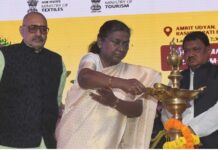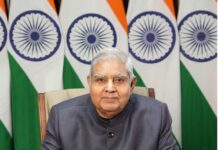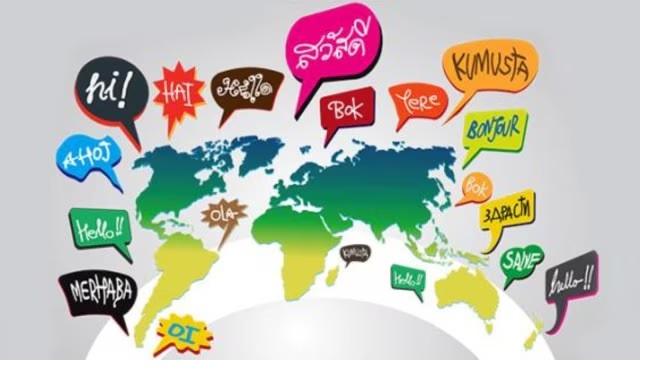India is widely known for its cultural and linguistic diversity. With more than 1.4 billion people and thousands of dialects spoken across its vast geographical landscape, India ranks among the top five most linguistically diverse countries in the world. This linguistic richness is a testament to the country’s deep-rooted heritage, historical influences, and multicultural ethos.
Linguistic Diversity in India
India is home to 22 officially recognized languages under the Eighth Schedule of the Constitution. However, the actual number of languages spoken in the country far exceeds this count. According to the Census of India, more than 19,500 dialects are spoken as mother tongues. Of these, around 121 languages are spoken by more than 10,000 people each.
The Indian linguistic spectrum includes languages from four major language families:
- Indo-Aryan languages (Hindi, Bengali, Marathi, Punjabi, etc.) – spoken by nearly 75% of the population.
- Dravidian languages (Tamil, Telugu, Kannada, Malayalam, etc.) – mainly spoken in South India.
- Austroasiatic languages (Santhali, Khasi, Mundari, etc.) – spoken by tribal communities.
- Tibeto-Burman languages (Manipuri, Bodo, Naga languages, etc.) – found in the northeastern regions.
Factors Contributing to India’s Linguistic Diversity
- Historical Influences: India has been a melting pot of civilizations, including Aryan, Dravidian, Persian, Mughal, and British influences, all of which have shaped its linguistic landscape.
- Geographical Spread: The vastness of India, coupled with its diverse terrain, has allowed multiple linguistic groups to evolve and flourish independently.
- Cultural and Ethnic Diversity: Each region has its own traditions, customs, and scripts, contributing to the multilingual character of the country.
- Colonial Legacy: British rule introduced English, which continues to play a significant role as a link language for administration and business.
- Religious and Tribal Communities: Various linguistic groups exist among tribal and religious communities, preserving ancient dialects and scripts.
Comparison with Other Linguistically Diverse Countries
While India is one of the top five linguistically diverse nations, it shares this distinction with countries such as:
- Papua New Guinea – The most linguistically diverse country, with over 800 languages.
- Indonesia – Over 700 languages spoken across its islands.
- Nigeria – Home to more than 500 languages.
- United States – Though predominantly English-speaking, the U.S. has over 350 recognized languages due to its immigrant population.
Challenges and Preservation Efforts
Despite its richness, India’s linguistic diversity faces challenges such as globalization, urbanization, and dominance of widely spoken languages like Hindi and English. Many indigenous languages are at risk of extinction due to decreasing speakers.
The Indian government and various organizations have undertaken measures to preserve linguistic heritage:
- The Sahitya Akademi promotes literature in different languages.
- The Central Institute of Indian Languages (CIIL) works on language documentation and research.
- UNESCO has recognized several Indian languages as endangered and advocates for their preservation.
- Digital initiatives like online dictionaries, translation tools, and language apps help sustain and promote regional dialects.
Conclusion
India’s linguistic diversity is a source of national pride and cultural wealth. As one of the most linguistically diverse countries in the world, India showcases the beauty of coexistence among different linguistic communities. While modernization poses challenges, ongoing efforts to preserve and promote regional languages will ensure that this linguistic heritage thrives for generations to come. The need of the hour is to foster an inclusive linguistic environment that balances national unity with cultural identity.





















































